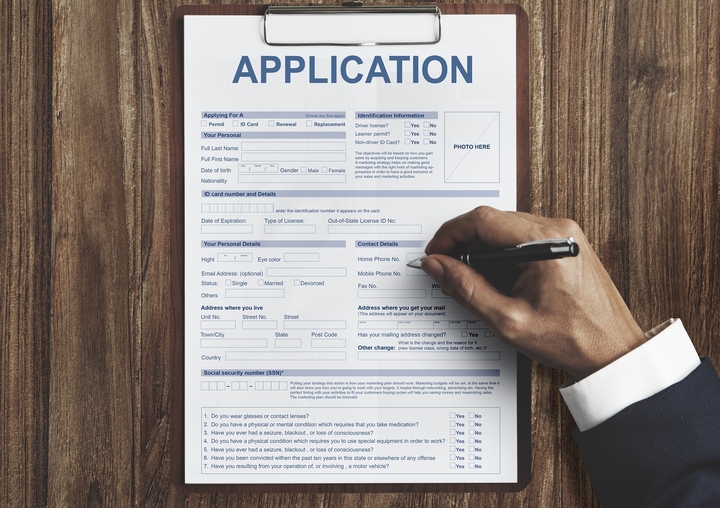Pretty much everyone hates filling out online forms. But why is that? The main reasons is likely that they just take too much work, and in some cases, stop you from doing what you want to do, like leave a comment or place an order. If your app has forms, here’s your chance to test them out and see if there are ways to optimize the process for your customers or users. Here are some typical problems with forms and how you can fix them.
1. Too Easy to Mess Up Answer Placement

Have you ever filled out a paper form all the way to the bottom and realized that you had shifted down one field for every question? It’s surprisingly easy to do, particularly when the form designer put the label for the field in a place that is just a little bit different than expected. This can be supremely frustrating and can be enough for the person to say “forget it” and move on.
Have a look at your forms and forms app. Is it obvious where the answers should go? If you scroll to a random part, is it clear which label goes with each select or input field?
2. It’s Unclear What is Being Asked

If you’ve ever filled out a form and had zero idea what they were asking, you’ll understand your users’ frustration. If you have a space for an answer but it’s not clear what you’re actually asking, you need to add some clarification. This is quite easy to do: add a button to open a little help text bubble, or a help link. Sometimes you can place an example in the field itself and have it disappear when the person starts entering text.
Sometimes you need to explain why you actually need the info. Maybe the person isn’t sure why you actually need their phone number. Here is where you can clarify that if there is a problem with delivery it’s a good idea to have your phone number so the delivery person can give you a ring.
3. It Takes Too Long or You’re Asking Too Much

There’s absolutely no reason why you should need a person’s home address if they are signing up for an email newsletter. If you’re requesting too much information, don’t be surprised if you don’t get people to sign up. Most savvy Internet users don’t want to give away too much of their personal data. If you actually do need the info, explain why you need it and how it will be used.
4. Error Messages

Don’t assume that your app knows better than your users! There’s nothing more frustrating than taking the time to complete a form only to hit Enter or Submit and then an error message pops up, telling me I’ve inputted the wrong address! I know what my address is! Sometimes it’s legitimate and I’ve made a mistake and that’s fine, but in other cases the app doesn’t recognize my address or postal code (or the designers mistakenly programmed it to just accept zip codes and not postal codes). In these scenarios I’m more likely to give up than to try to make it work.
5. Too Simplistic

Sure, a nice clean form looks pretty, but if some fields make the user wonder if they’re just too stupid to fill it out, then there’s a problem. Don’t sacrifice accessibility or clarity for the sake of aesthetics.
6. Too Much Animation

The idea his to make filling out a form a good experience for your users, but the trick is to achieve the right balance of form and function. Your overall website or app should create a lasting impression and the best way to do that is to make some small user interface changes to your existing site. If you want to add some animation to jazz up your form, that’s great. But don’t animate for the sake of animation. The point of animation should be to support the users’ positive feelings about having entered their data correctly.

